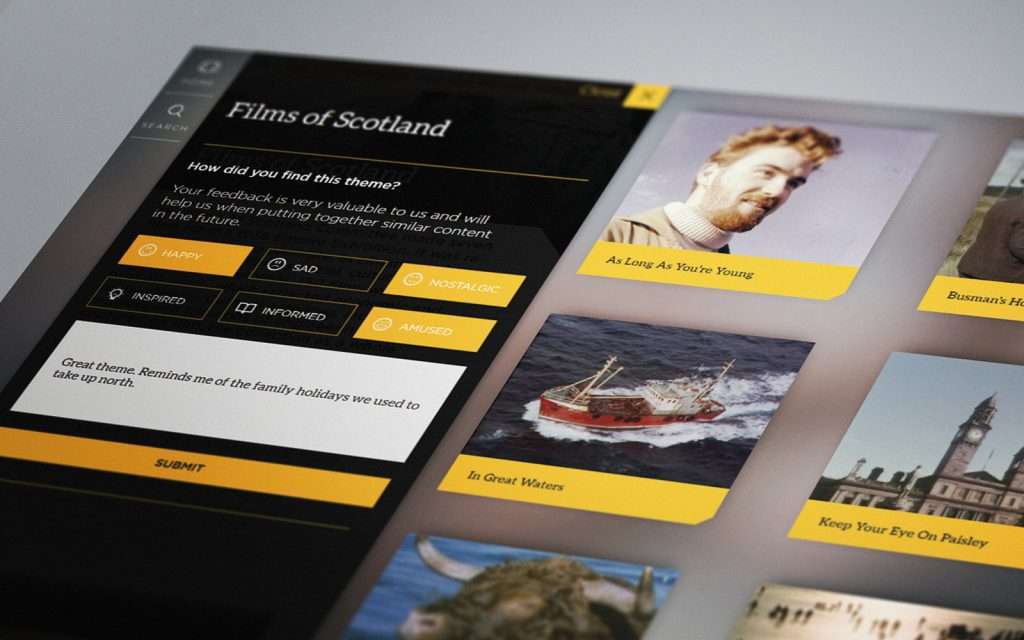If you’re serious about growing your organization, it’s only a matter of time before you come across the terms “sales enablement” and “revenue enablement”.
While the names are similar, the two have several key differences – and it’s important to understand these if you want to make the most of them.
Below, we dig deeper into sales enablement vs revenue enablement, including their definitions, objectives, and implementation.
Revenue & sales enablement – definition and scope
What is sales enablement?
First of all, sales enablement refers to a strategy to help you sell more. As well as sales techniques, it often includes tools and sales enablement platforms to help your team maximize sales. Sales enablement generally focuses on sales scenarios like pitches and product demonstrations.
An example is a pitch for a new-build development, showing potential buyers the home they could be living in and the surrounding neighbourhood. Sales enablement asks whether reps have the content needed to showcase properties to prospects in the best possible light.
What is revenue enablement?
Revenue enablement focuses on the same objectives but is about maximizing revenue from all revenue-facing teams, not just sales teams, at every step of the customer journey. This includes marketing, product teams, solution engineers, customer success, IT, partnerships, and pre-sales working together towards a shared goal.

Again, it comprises both techniques and technology, but at a much broader scope which extends outside the sales process. This approach breaks down internal silos, making sure teams aren’t sidelined or acting independently with tools and customer communications. For example providing a single source of truth for all content and a consistent buyer experience.
A sales enablement only approach may have sales teams with their own system/software for saving and accessing material, which might be different to marketing and customer success teams. On the flipside, a revenue enablement approach would have all of the assets on the one system, ensuring that only the latest and most up-to-date on-brand material is being used.
All interactions can also be logged, so marketing teams can see which material is being downloaded and accessed the most. This can inform future marketing strategies and assets. At the same time, once sales has signed on a new customer, customer success teams can easily access all of the personalized content created at the prospect stage and while nurturing them through the funnel. This provides the customer with consistency and a seamless onboarding experience.
Find more info on the basics, read our introductory guide on revenue enablement.
Sales enablement vs revenue enablement – objectives
A good way to understand the difference between revenue enablement and sales enablement is by looking at the objectives.
The main aim of sales enablement is to improve the customer experience in a sales interaction. It’s about giving prospects the information they need to make a purchase, but also decreasing the time it takes for your sales staff to make a sale. Giving them the right sales enablement tools and training to close more deals effectively.
Revenue enablement is different. While the end goal is increased revenue (through sales), the objective is to engage with potential customers (and existing customer) throughout their journey – before, during, and after a sale. Not only that, but also to align best practices among different customer-facing departments.
The thinking is that the entire customer journey contributes to an organization’s revenue – not just the sales process. Revenue enablement looks at improving collaboration and better understanding the customer journey in order to achieve shared revenue targets.
Revenue enablement vs sales enablement – implementation
Implementation is perhaps the biggest difference when discussing sales vs revenue enablement. Why? Sales enablement implementation typically involves sales representatives, perhaps with some input from product development experts and marketers.
Revenue enablement implementation goes far beyond that, affecting anyone in a customer-facing position:
- Pre-sales
- Sales representatives
- Business development reps
- Account executives
- Channel sellers (managers or partners)
- Customer success teams
- Product teams
- Solutions teams
- IT
- Sales operations
- Sales enablement teams
- Marketing teams (brand and product)
One thing that links the two in terms of implementation is the importance of having the right tools. Sales enablement technology is a game-changer for sales reps, giving them everything they need to tailor a sales experience to each customer and each interaction.
This kind of platform is equally vital to revenue enablement, as it can connect the many different departments involved. Revenue enablement software improves visibility across the board, allowing everyone to monitor the customer journey with the data and analytics to continually improve revenue enablement.
Find out how to maximize sales and success with the Revenue Enablement way >
POP for sales and revenue enablement
POP is a purpose-built tool for both sales and revenue enablement. Our no-code platform allows you to create customizable, interactive experiences to support all of your customer conversations. The goal? To be one voice to customers and to WOW! them, whether it’s during the sales process or throughout their customer journey, in every interaction with your brand.



Build an immersive visual experience for people to discover your products online. Create a branded interactive touchscreen experience to capture customers in a public space. Or improve your sales presentations with content that’s adaptable and engaging.
With POP, you can create unlimited interactive experiences across your whole organization for any device and any screen size. Everything is fully tracked with sophisticated analytics, from document downloads to customer interactions. With an in-built Experience Management System, you have complete control over all content and messaging.
Is your sales team complaining that they can’t easily find relevant content, which is slowing down closing deals? Or maybe there’s handover friction between teams, coupled with marketing being blind to engagement? Then POP is the right platform for you. Whether you’re looking to master sales enablement or revenue enablement, POP can make it happen. Find out more about our platform by watching our video or arranging a demo. Call +44 (0)117 329 1712 or send an email to hello@popcomms.com and we’ll get back to you.
Still not sure if revenue enablement is the right choice for you? Find out why leading brands should implement revenue enablement – and you should too.
Related Posts

What is Revenue Enablement?
Read

How POP’s Platform Can Help with Revenue Enablement
Read

3 Examples of Revenue Enablement Tools & Tech
Read

Revenue Enablement Performance Measurement & Analytics
Read